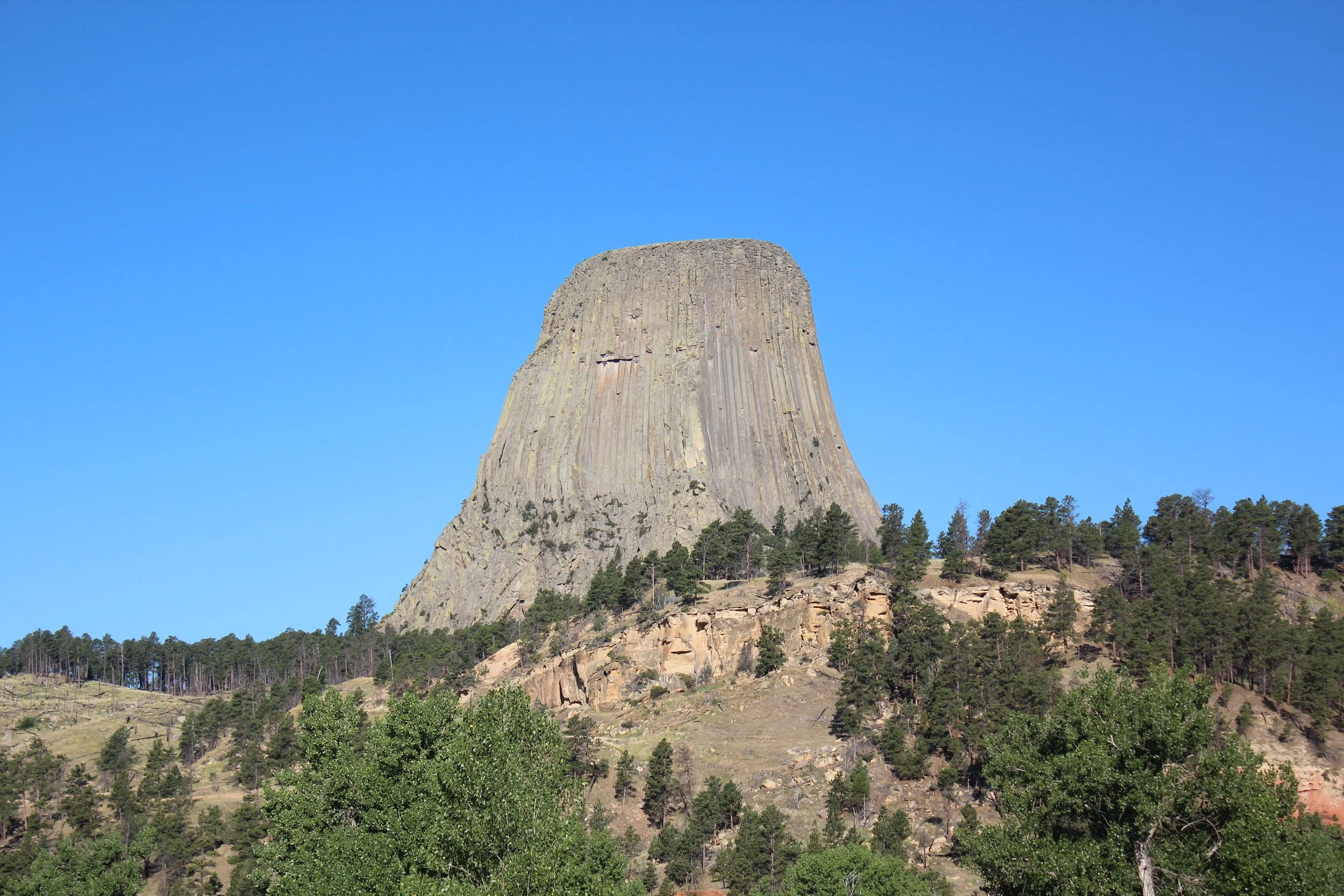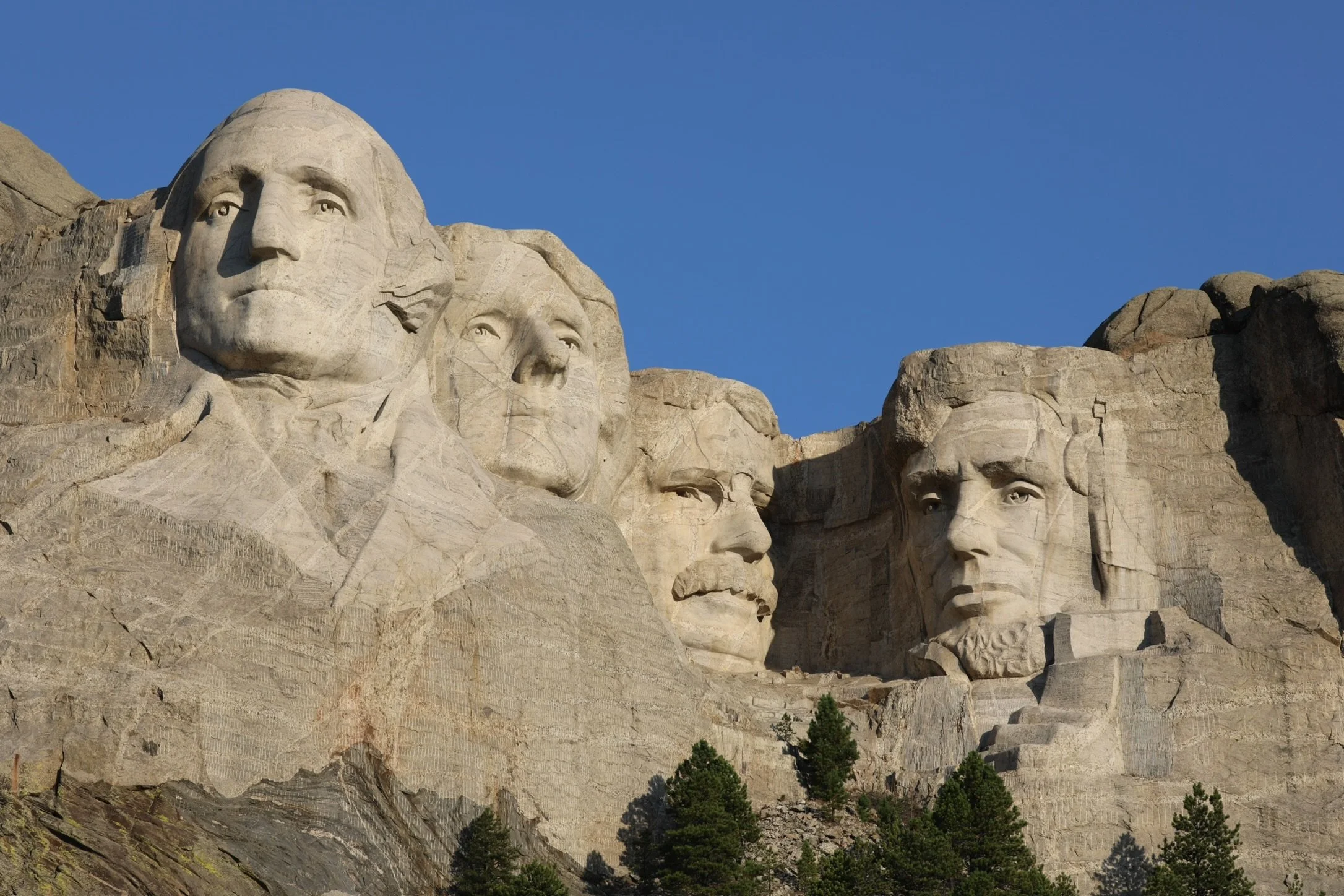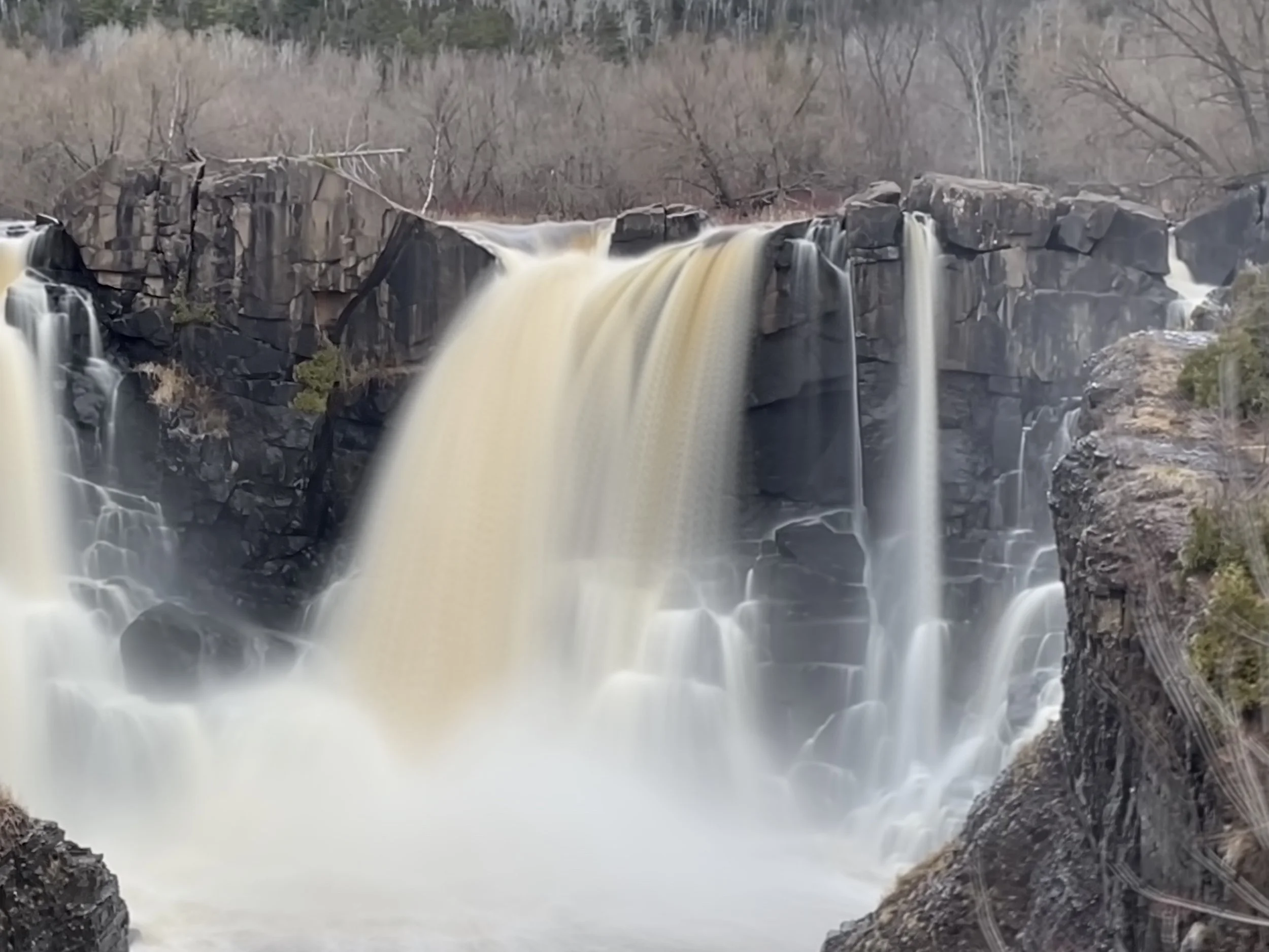It’s Sunday night. There is a pile of clean laundry to be folded on my bed. I still need to sort through my boys’ backpacks to make sure all homework has been completed, quiz my kids on their spelling tests, and see what else their teachers need help with for the week – buying snacks, gingerbread houses, returning library books, etc. I need to pull together bags for swimming lessons and see what help my husband needs for the Cub Scout meeting on Tuesday. I have reviews to write for end of year at work, and I need to figure out how to deliver development messages in meaningful ways that help my team on top of a normal week’s workload. There is a stack of dishes in the kitchen sink, bags of Christmas presents in the living room that I have no idea where to fit in our house, and neither child wants to get ready for bed, preventing me from accomplishing any of these tasks. Familiar? Nothing is as daunting to a mom as a Sunday evening. My stress relief - a glass of wine and a National Park map. The wine probably makes sense but let me add a few thoughts to persuade you about why the map is important as well.
Grand Canyon - Phantom Ranch
I am methodical about planning out my next hike or hikes – I read trail reviews, look through pictures to pick the best potential views, study mileage and elevation changes, and look for clues of potential trail obstacles (creek or river crossings, presence of cables, and sharp drop-offs) that may decide if this is a trail I want to take my boys on or if this is one of those instances where I ask grandparents to watch them for a few days. Once I have a trail picked out, I assess what I need – flights or highway maps if driving, hotels, different hiking gear, specific safety tips I might need to know, other things to do near by that I can tempt my children or husband with so they want to come along, and my overall fitness level that will be required. Some hikes require both endurance and strength training. When my husband and I hiked the Grand Canyon rim to rim to rim, I worked my tail off for 6 months, running, climbing steps, and doing push-ups, sit-ups, and squats. But why put in so much effort? It’s much more than to say you’ve hiked x mountain or canyon. I’ve found my time on the trail to be physically, mentally, and spiritually healing.
Arches National Park - Double O Arch
First, nature has no empathy for whatever I find stressful in my life. When I step out into backcountry, where there is no quick and easy ability for rescue, it’s the most basic things in life that matter – keeping hydrated, eating enough salt and sugar, treating blisters quickly before they become debilitating, and finding shade before overheating. The mountain or canyon does not care if I make it. Therefore, all my focus needs to be on my feet, making sure I step on solid ground and without twisting my ankle. As I look up at the rocks and trees towering over me, it’s apparent just how small I am in this world, and if I’m this small, surely anything I’m worried about is even smaller. Nature can be quite the equalizer. As I go further and further into the wilderness and away from society, stress melts off me and I feel stronger with every step. There may be moments of panic at the bottom of a mile-high ascent, wondering if I’ve trained enough or simply thinking to myself that I’ll never make it. But this stress is short lived, as in hiking, your goal is accomplished simply by putting one foot in front of the other. I break the hard parts of hikes into sections and just focus on the next mile, with celebratory Gatorade at each end.
Zion National Park - Angels Landing
Second, I find strength from the rocks under my feet. The mountain or canyon that I find myself standing on has existed in some form for hundreds of millions of years, and has been merely shaped by forces of upheaval, rushing water, and glacial ice – the same forces that would crush mankind. At some point during my hike, I will find a quiet place to sit with a beautiful view to take off my boots and rest my bare feet on the rocks and reflectively feel the strength of the earth under my feet.
Sabino Canyon - Seven Falls
The forest of trees that I am surrounded by on a hike give me peace. Trees value the strength of the forest community over individual competition for survival. As such, there is no epic battle being fought over which tree will win the most sunlight. Those that can make more sugar will share excess with the shorter trees through use of their integrated root systems, and trees will wait patiently for hundreds of years for their turn to bask in the sunshine. As compared to the animal kingdom, this slow pace and collective focus creates a stoic and peaceful landscape to walk beneath. On a hot summer hike, I may even form a relationship with one or two of these trees, while I stop to rest in its shade from the unforgiving sun.
Glacier National Park - Beaver Pond Loop
While on a hike, away from the constant city noise, the soundtrack is made primary from birds, insects, the rush of wind through tree branches, and the motion of water. As stress fades away and I can focus on this song, it fills me with hope. The chickadees call to one another, the cicadas send a reminder that winter is eventually coming, and a squirrel might warn that I’m too near its cache of nuts. This music reminds me that I too am a creature with my own song, singing out on our beautiful planet.
Grand Canyon North Rim - North Kaibab Trail
If you would like to receive notification of future posts, please sign up below. I will not share your email address information with anyone.
The scenery that I find myself in the middle of while I am hiking is the other reason I hike. These are protected wildernesses that the people who came before me in this country felt were special enough to save for me, and I will work to save for my boys and their children’s children – our National Parks, America’s Best Idea. These places have natural beauty that I stare at in wonder, built by forces other than man and that we try to protect from man. Theodore Roosevelt, looking out at the Grand Canyon said “Leave it as it is. You cannot improve on it. The ages have been at work on it, and man can only mar it.” On a hike, I am surrounded by an environment as free from human touch as possible in our age today, and I see our earth as it is, so much bigger than myself and anything I can accomplish. And that level of humbleness and perspective removes any last remaining stress. It doesn’t matter if the laundry is folded, or if there are still dishes in the sink in the morning, if I forget goggles in the swim bag, or if my kids miss one or two spelling words. To keep this perspective, I hike. And when I’m not hiking, I’m planning for my next hike.
Of all the paths you take in life, make sure a few of them are dirt.
Saguaro National Park
Nature Needs Us to Care and Act Today
In our current world, as we rely more and more on technology, we become increasingly disconnected from Nature and each other. It’s easy to forget that everything comes from our earth. We can call ourselves “city people” to infer that we don’t like being in the wilderness and to imply that we don’t care what happens outside of our cities, but that would be woefully ignorant as everything comes from and depends on Nature and the health of our environment. To guard against these thoughts, we must teach our children to care about our planet. To show them its beauty and wonder, and to have them experience the peacefulness that it has to offer. They need to grow up with the spirit of Nature in their hearts. If they’ve been hiking before as a kid, they are more likely to keep hiking on their own as they grow up and later to take their children. Sure, there things to be mindful of out in Nature (bears, storms, heat exhaustion, and cold exposure), but when we take our kids with us, we teach them how to be bear aware, how to track the weather and what to do if a storm catches us off guard. After a long hike with my son this past summer, he was complaining of a slightly upset stomach. I took his water bottle and mixed in a Gatorade packet and told him to drink all of it. Shortly after, he told me he felt better and wondered how I knew what was wrong and how to help him. So, we talked about electrolytes, heat, and sweat. These are the teaching opportunities to enable future hikers, who will become the next guardians of our planet.
Zion National Park - Hidden Canyon
We need our kids to care about Nature. The health of our planet is at risk right now, due to climate change. As adults, we need to be thinking about our children and grandchildren’s future, but instead we continue to buy vehicles powered by gas, support coal power plants, and watch as the rainforest is cut down. We put profit and business interests of today ahead of what is good for future generations. We should be thinking about sustainability, renewables, and just needing less stuff. One of the best things about kids is that when they become passionate about something they fight, and they remind us about what they need when we forget. If we teach them to care about Nature, they will be there to remind us when our choices are hard and cheer for us when we pick their generation and the future as opposed to ours. We need to help our kids see how important the trees, lakes, and mountains are, because we are going to need their encouragement and leadership to make necessary changes in our lifestyles to put their future before ours. This passion can start with a simple hike, that leads to another hike, and another one, and another one. And this is more important than dishes, laundry, and busy schedules.
Yellowstone Artist Point




















When planning a trip to the Black Hills, realize that some of the world’s longest and densest cave systems in the world are underfoot. Both Jewel Cave National Monument and Wind Cave National Park are phenomenal places to experience. Caves require tours, which fill up quickly, and require some pre-planning. Additionally, both caves within the Black Hills have been infected with White-Nose Syndrome, and our mosquito-eating friends need us to take special precautions of ensuring clothing and footwear are limited to only one cave entrance, ever. Please plan accordingly to care for our bats.